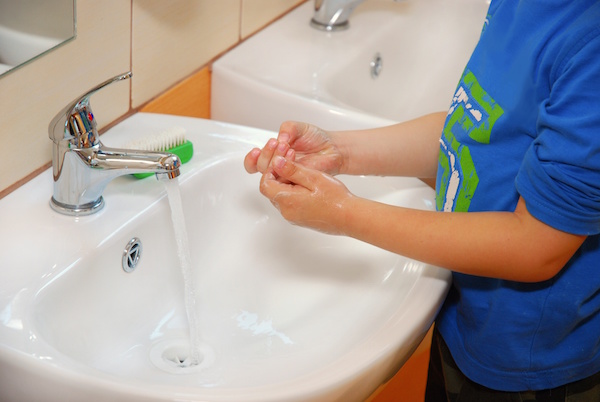
Anyone can be laid low by stroke, but a new study finds that the road back to health may be tougher for female and minority patients.
Research led by Dr. Cheryl Bushnell, professor of neurology at Wake Forest School of Medicine in Winston-Salem, N.C., found that male and white stroke survivors tended to fare best in terms of their physical function a few months after their stroke.
The findings didn’t surprise one expert in stroke care.
“This study drives home the point that outcomes are worse in women and minorities,” said Dr. Richard Libman, vice chair of neurology at Long Island Jewish Medical Center in New Hyde Park, N.Y.
“It is incumbent upon all of us involved in stroke research and treatment to clarify the reasons for worse outcome,” he added, “and to focus our efforts on improving outcomes in these groups as well as everyone who has had a stroke.”
The new study involved 129 patients who were asked about their mobility, arm strength and ability to do daily tasks three months after a stroke or mini-stroke — also known as a transient ischemic attack, or TIA.
The patients received scores ranging from zero (worst) to 100 (best).
The overall average score was just over 81. However, men had an average score of 85.7 while women had an average of 75.8 — an indication that men did better in regaining physical function.
When it came to race, white patients had an average score of 85.4, while nonwhite patients had an average of 69.4, Bushnell’s team found.
Patients who had suffered a prior stroke or mini-stroke tended to have had lower scores than those who had suffered a first stroke or mini-stroke, the researchers noted.
According to the researchers, the findings highlight the need to improve physical rehabilitation among stroke survivors who are women or members of racial minorities.
The findings were to be presented Thursday at the annual meeting of the American Stroke Association, in Los Angeles. Findings presented at medical meetings are typically considered preliminary until published in a peer-reviewed journal.
More information
The U.S. National Institute of Neurological Disorders and Stroke has more about stroke rehabilitation.
Source: HealthDay

Leave a Reply